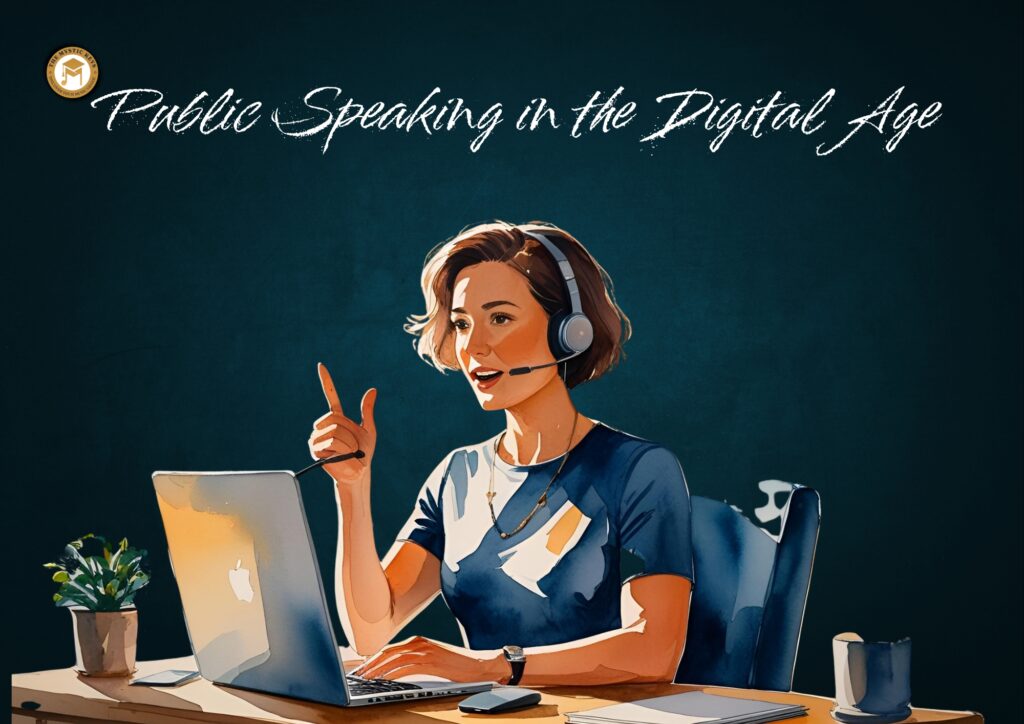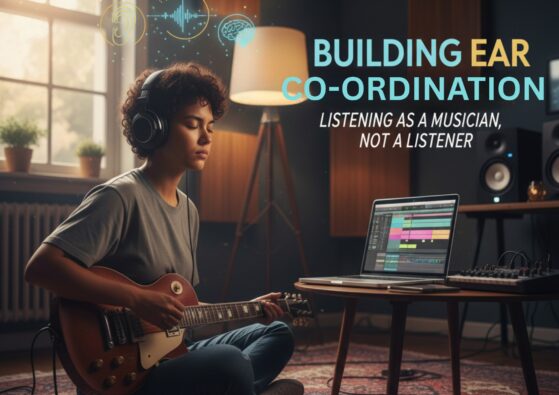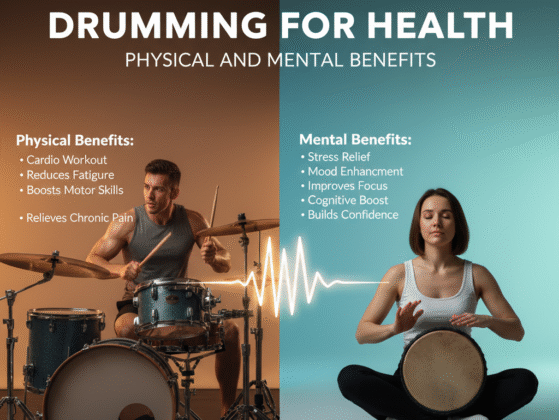Public Speaking in the Digital Age | Mastering the Virtual Stage
In the ever-evolving landscape of communication, public speaking in the digital age is undergoing a dramatic transformation. Gone are the days when delivering a speech was confined to a podium, a static microphone, and a live audience seated within four walls. The traditional model—formal, linear, and location-bound—is steadily giving way to a new era of expression shaped by innovation.
Today, with rapid advancements in digital tools and platforms, public speaking in the digital age has become more dynamic, interactive, and far-reaching than ever before. Virtual meetings, real-time analytics, AI-driven feedback, and immersive presentation formats are not just novelties—they are now essential parts of the speaker’s toolkit.
Whether you’re a keynote speaker addressing a global summit, a corporate trainer hosting online sessions, or an aspiring TEDx presenter, the integration of technology has redefined how we craft, deliver, and connect through speeches. Preparation is more data-informed, delivery is more engaging, and audience interaction has become multi-directional.
In this blog, we’ll take a deep dive into the many ways technology is reshaping public speaking in the digital age—highlighting how emerging tools are not only enhancing performance but also expanding the very definition of what it means to be a public speaker today.

The Rise of Virtual and Hybrid Events
One of the most profound transformations in modern public speaking is the shift from traditional, in-person events to virtual and hybrid formats. No longer limited to auditoriums or conference halls, today’s speakers often find themselves presenting from living rooms, home studios, or even while traveling. This evolution has been largely driven by the rise of digital platforms like Zoom, Microsoft Teams, Webex, and Google Meet, which have rapidly become the new stages of the speaking world.
These platforms not only replicate the structure of physical gatherings but also expand their possibilities—offering features like screen sharing, breakout rooms, live chat, and real-time feedback. Whether you’re addressing a global corporate team or delivering a keynote to thousands of virtual attendees, the digital space has opened up unprecedented reach and flexibility. This transition hasn’t just changed where we speak—it’s fundamentally redefined how we connect with audiences.
Reach and Accessibility: Speakers can now reach global audiences without the need for physical travel. A motivational speaker in India can deliver a live session to attendees in Canada, Australia, and South Africa—all at once.
Hybrid Experiences: Events often combine live in-person interaction with virtual participation, providing flexibility for both speakers and audiences.
On-Demand Access: Recorded sessions mean that speeches can live beyond the moment, reaching more people asynchronously.
Impact: This shift has democratized public speaking by making it more inclusive and accessible, allowing both speakers and listeners from different corners of the world to connect.

AI-Powered Speech Coaching Tools
But reaching a wider audience is just one part of the equation. Technology is also transforming what happens behind the scenes—especially in how speakers prepare. In the past, preparation largely relied on practice in front of a mirror or feedback from peers. Today, Artificial Intelligence (AI) is stepping in as a powerful personal coach. Tools like Orai, Yoodli, and Ummo offer real-time, data-driven feedback on various aspects of speech delivery—helping speakers refine their voice modulation, pace, clarity, and confidence with remarkable precision.
Voice Modulation Analysis: These tools evaluate pitch, tone, and pace, helping speakers fine-tune their delivery.
Filler Word Detection: Many speakers struggle with filler words like “um,” “ah,” and “you know.” AI can track and suggest ways to reduce them.
Audience Engagement Predictions: Some platforms use data analytics to forecast which parts of a speech are likely to capture the audience’s attention.
Impact: AI-based tools offer personalized coaching, making it easier for beginners and professionals alike to improve quickly and effectively.

Presentation Software and Visual Tools
As attention spans grow shorter and the demand for engaging content increases, the way we present information has had to evolve. Speakers can no longer rely solely on words to make an impact—visual appeal has become equally crucial. This shift has given rise to innovative presentation tools that go far beyond traditional slide decks.
Today’s audiences are highly visual. They crave movement, clarity, and creativity. Tools like Prezi, Canva, and Visme are replacing static PowerPoint slides with dynamic, immersive storytelling formats that keep audiences hooked from beginning to end. Whether it’s a sleek infographic, an animated flowchart, or a live poll integrated into a slide, these platforms allow speakers to bring their message to life like never before.
Dynamic Visuals: Animated infographics, motion graphics, and embedded videos add life to speeches.
Real-Time Collaboration: Speakers and teams can co-create presentations in real time, regardless of location.
Augmented Reality (AR): Some speakers are now using AR to overlay 3D visuals during live presentations, creating a futuristic, immersive experience.
Impact: Visual storytelling has become a critical aspect of public speaking, helping to maintain audience attention and enhance message retention.

The Power of Social Media and Live Streaming
In the past, delivering a speech to a large audience required access to big venues, hefty budgets, and major event organizers. Today, all it takes is a smartphone and an internet connection.
Social media platforms like Instagram Live, YouTube Live, LinkedIn Live, and Facebook Live are turning ordinary individuals into global speakers. These platforms have become the new stages, breaking down the barriers of geography, cost, and exclusivity.
Instead of waiting for an invitation to speak at a formal event, speakers can now build their own audience, share their thoughts instantly, and engage directly with viewers in real time. Whether it’s a motivational talk, product launch, educational workshop, or simple daily reflection—live streaming allows your voice to be heard instantly across the globe.
Instant Broadcasting: Within seconds, your message can be broadcasted to hundreds or thousands of followers.
Two-Way Interaction: Real-time comments, emoji reactions, and live Q&A sessions make speaking more interactive than ever.
Content Longevity: Live videos can be saved and repurposed as reels, snippets, or podcasts—extending their impact well beyond the live moment.
This shift means that the definition of a “public speaker” is evolving. It’s no longer just the keynote speakers or corporate executives. It’s content creators, educators, activists, and everyday individuals who are embracing these tools to inspire, teach, and connect.
In essence, social media has moved public speaking from the spotlight to the smartphone—giving voice and visibility to anyone with a message to share.

Audience Analytics and Feedback Tools
Technology now provides deep insights into audience reactions during and after a speech. In public speaking in the digital age, real-time feedback helps speakers understand how their message is received. This allows quick adjustments and better future presentations. It makes communication more engaging and responsive. Tools like live polls and Q&A sessions encourage active participation. Analytics show which parts of a speech captured attention most. This data helps speakers refine their style and content for maximum impact.
Real-Time Polls and Q&A: Platforms like Slido, Mentimeter, and Kahoot! let audiences actively participate.
Facial Recognition Software: Some high-end platforms even analyze facial expressions to assess audience engagement levels.
Post-Speech Analytics: Metrics like view duration, click-through rates, and engagement heatmaps help speakers assess the effectiveness of their delivery.
Impact: Feedback has become more quantifiable and immediate, enabling continuous improvement.

Speech Transcription and Translation
Language barriers are no longer a problem. Thanks to tools like Google Translate, Otter.ai, and Microsoft Translator, real-time transcription and translation make it easier for speakers to reach diverse audiences. This technology bridges gaps, allowing messages to cross borders and cultures with ease. As a result, public speaking has become more inclusive, breaking down walls that once limited who could understand and engage with a speaker’s ideas. With these advancements, the global stage is truly open to everyone.
Automatic Captions: Real-time captions increase accessibility for hearing-impaired audiences.
Multi-language Support: Speakers can reach non-native audiences more effectively.
Impact: Multilingual reach has broadened the scope of public speaking, fostering inclusivity and cross-cultural communication.

Virtual Reality (VR) and Public Speaking Training
Immersive technology is rapidly changing how speakers train. As part of this shift, VR platforms like VirtualSpeech and Speech Center VR offer realistic practice environments. Instead of imagining a crowd, speakers can stand in virtual rooms, halls, or stadiums. This allows them to simulate real speaking conditions without the pressure of a live audience. In addition to this, VR tools provide feedback on eye contact, posture, and pacing. As a result, speakers can make targeted improvements. With this technology, the gap between preparation and performance is shrinking. It‘s no surprise that VR is becoming a valuable tool for both new and experienced speakers.
Safe Space to Practice: Trainees can simulate various scenarios—from boardrooms to stadiums—without the pressure of a real audience.
Feedback Mechanisms: These environments can track eye contact, posture, and pacing, providing immersive feedback.
Impact: VR is a game-changer in public speaking education, building confidence and competence in a risk-free setting.

Wearable Technology for On-Stage Speakers
As public speaking continues to evolve, wearable technology is becoming an essential part of the speaker’s toolkit. These innovations go beyond convenience—they enhance performance in real time. Smartwatches, earpieces, and wearable microphones are giving speakers more control over their delivery than ever before. For instance, with just a glance at a smartwatch, a speaker can discreetly check time or notes without breaking eye contact. Earpieces can provide quiet cues, reminders, or even updates from event organizers mid-speech. Meanwhile, wearable mics allow greater freedom of movement, ensuring clear audio without the restrictions of a fixed mic. Altogether, these tools create a seamless, more confident speaking experience—whether on stage or online.
Teleprompters on Watches: Speakers can subtly glance at their notes without breaking eye contact.
Real-Time Prompts: Earpieces can offer discreet cues or time warnings.
Gesture Control: Some speakers now use wearable devices to change slides or media through hand gestures.
Impact: These devices reduce dependency on external aides and improve the fluidity of presentations.

Voice Assistants and Automation
As technology becomes more integrated into daily life, even voice assistants are stepping into the world of public speaking. Voice assistants like Amazon Alexa or Google Assistant can now be programmed to support speakers during presentations. With simple voice commands, speakers can adjust lighting, control slides, or play media hands-free. This reduces the need for technical staff or manual control. These tools also help with scheduling reminders and time management during rehearsals. In short, voice assistants act as digital stagehands, making the speaking experience smoother and more efficient.
Controlling Environment: Adjust lighting, play audio, or change slides through voice commands.
Scheduling and Reminders: Help speakers manage time and structure during rehearsals.
Impact: Voice-enabled tech can act as a personal assistant during public speaking engagements, streamlining the experience.

Ethical and Privacy Considerations
While technology offers immense benefits to public speaking in the digital age, it also brings new ethical challenges that can’t be ignored. As we embrace AI tools, live streaming, and data-driven feedback, concerns around privacy, authenticity, and misuse of information begin to surface. It’s important to balance innovation with responsibility. Without proper safeguards, the same tools that empower speakers can also lead to misinformation or audience exploitation. Thus, navigating these ethical concerns is just as crucial as mastering the technology shaping public speaking in the digital age.
Deepfake Technology: The ability to manipulate voice and visuals raises concerns about misinformation.
Data Privacy: Collecting and analyzing audience data must be done ethically and in compliance with privacy regulations.
Digital Fatigue: Overuse of digital platforms can lead to audience disengagement, especially in virtual settings.
Impact: As technology becomes more integrated into public speaking, maintaining authenticity, privacy, and ethical standards is crucial.

Conclusion | Embracing the Future of Public Speaking
Technology isn’t replacing public speaking—it’s reshaping it. Speakers today have the tools to reach global audiences, deliver stronger messages, and refine their skills like never before. The digital age has brought new levels of creativity, accessibility, and engagement to the speaking world.
Still, the core of effective communication remains the same. Authenticity, clarity, and human connection will always matter. Technology simply supports these timeless principles, giving speakers new ways to connect and inspire.
At The Mystic Keys, we understand the power of your voice—and how to amplify it in the modern world. Our Public Speaking Course Online is designed to help you grow in confidence, improve your delivery, and master both in-person and virtual speaking environments.
Whether you’re presenting on stage or speaking from your screen, your voice has impact. The stage may have changed, but your message still matters.
For more information and exciting resources about learning music, visit our website at The Mystic Keys. For more music content and exciting offers follow us on
Facebook, Instagram, YouTube, LinkedIn, Twitter, Pinterest, and Threads,








